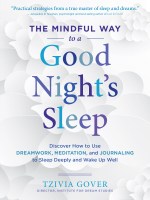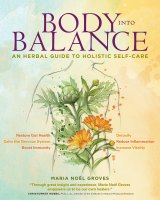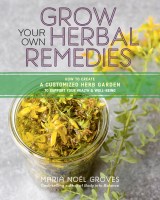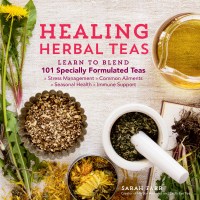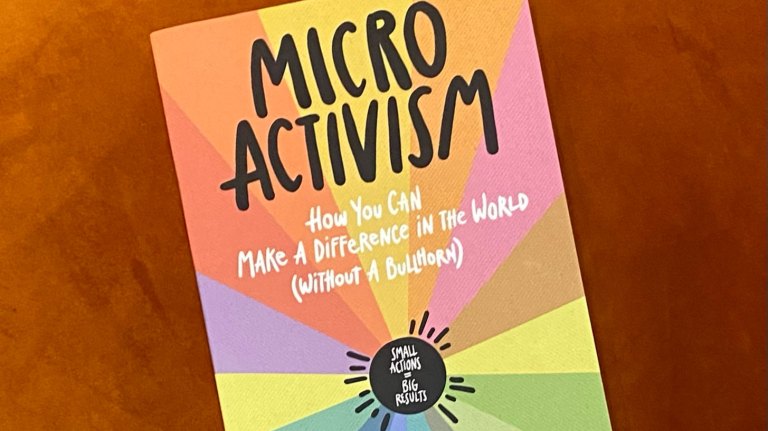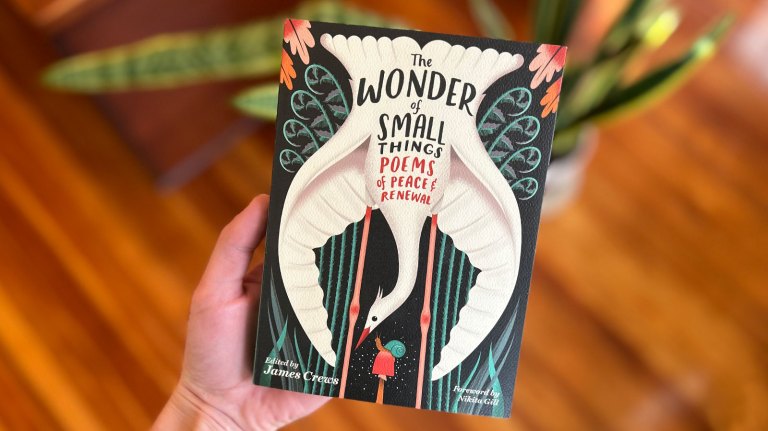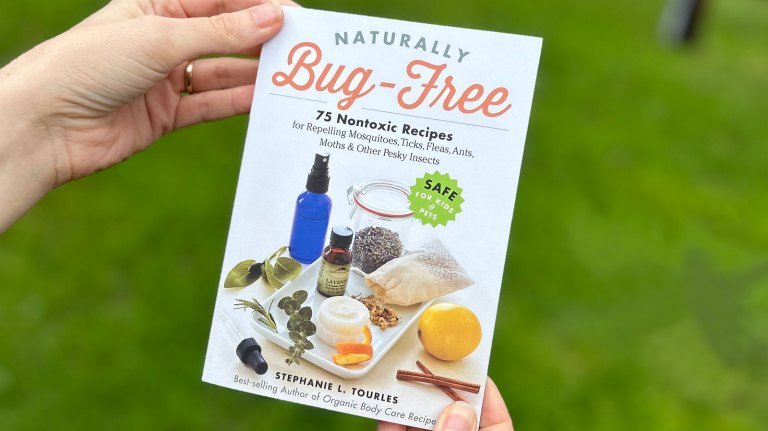Herbal Relief from Troubled Sleep
Author Jim Long gathers powerful and personal evidence that herbs can provide respite from nightmare-filled nights, even for who have experienced the trauma of war.
In the sixteen years since I published my book, Making Herbal Dream Pillows, I’ve found it gratifying to hear from readers about how my book has influenced them. My formulas, which have been copied, reproduced, and even plagiarized, bring joy to people who use them.
One of my readers told me she takes my kit for making fifty dream pillows, along with my book, to a nearby nursing home and creates dream pillows with the residents. “They love the fragrances of the herbs and flowers,” she said, “and the staff loves having me there because the residents all sleep so well that night.” My dream pillows have appeared at pharmaceutical conferences, where one of my readers has a booth and offers attendees complimentary dream pillows with their choice of herbal blends. I’ve had customers tell me how helpful my dream pillows have been for people using the nicotine patch to quit smoking, which can evidently cause some to experience unpleasant nightmares. Others have written or called to tell me how helpful my formulas have been with children who have nightmares or difficulty sleeping. It is gratifying to know that my pillows and formulas have helped to ease nightmares and stress and allowed people to experience noticeably better sleep.
The most gratifying for me, however, is the use of my Restful Sleep pillow formula with war veterans. Though I’m a veteran myself, I hadn’t thought about the soothing influences a dream pillow could have for returning soldiers who suffer from PTSD until one afternoon, when I received a call from a customer.
“Hi, I’m Bonnie,” she began, “and I have to tell you a story about your dream pillows.”
I learned that Bonnie was a member of a motorcycle group (she laughingly called it a gang) that traveled together. She said her husband was a Vietnam War veteran and had great difficulty sleeping because of regular flashback nightmares. She knew he would probably never consider using something as seemingly silly as a dream pillow, so she bought one and placed it in his pillowcase without telling him.
The motorcycle group gathered around a campfire for coffee every morning. The dream pillow went unnoticed on the first morning after Bonnie placed it in her husband’s pillowcase. She asked him how he’d slept, and he said, “Not bad.” But by the second and third mornings, she noticed he hadn’t been waking her up during the night and could see he’d been sleeping better. On the fourth morning, he said aloud to his buddies, “Man, I don’t know what’s going on, but I’ve had four nights without nightmares!”
Bonnie just grinned, went into their tent and came back with her husband’s pillow. “Look inside,” she said. He pulled out the dream pillow. She explained what it was and showed him my book. His reaction was, “I don’t have a clue what all that is, but I’m proof it works!” The reason Bonnie was calling me, she said, was that all the other men in the group wanted their own Restful Sleep dream pillows and she wanted to place her order.
That was the first time I had any hint that my formula could be soothing to veterans suffering from PTSD. Since then, I have heard from a woman who read my book and heard the story of the Vietnam veterans, and began making and giving away dream pillows to soldiers returning from Afghanistan and Iraq. She reports great results and recently, she made the program a non-profit organization called the American Heroes Sleep Project to expand the reach to more returning soldiers and veterans.
Dream pillows are subtle—nothing like potpourri—and are not meant for scenting a room. From 25 years of creating and testing dream pillow blends, I have learned the importance of using only herbs and flowers—organic if possible—without any oils, preservatives, or additives of any kind. (Using oils or preservatives in dream blends can give odd or unpredictable results as the oils break down over time and the smell can be overpowering).
To prolong the effectiveness of a dream pillow, remove it from your pillowcase after about ten days of use and store it in a plastic bag (to protect it from other fragrances) for a week before placing it back inside your pillowcase. This keeps you from getting used to the subtle aromas of the dream blend and the pillow from losing its beneficial effects. This way, a dream pillow will continue to be effective for a year or more.
Creating the Dream Pillow
The dream pillow is a small cloth bag or pillow made of cloth and filled with herbs. To use your dream pillow, simply take 2 heaping tablespoons of the Restful Sleep Dream Blend (formula below) and place it inside a cotton drawstring bag (about 3 x 5 inches). Tie it closed and place it anywhere inside your pillow case. The herbs will be crushed slightly as your head moves about during sleep. As the herbs are crushed, they release their subtle aromas.
Restful Sleep Dream Blend
I first learned this formula from a pharmacist friend many years ago. It does not contain herbs that help you remember your dreams (as some of my other formulas do). This one is meant specifically to help one relax as they sleep, without dreams. It also works well to ease nightmares.
- ¼ cup lavender flowers
- ¼ cup mugwort
- ¼ cup sweet hops
Excerpted and adapted from Making Herbal Dream Pillows © 1998 by Jim Long. All rights reserved. Lavender photo by Jebulon, via Wikimedia Commons.

